Vortex Model M SSK Kit review (Sponsored)
This kit was supposed to arrive the 2nd of March 2023 but was delayed for over a year due to various reasons. After the long wait, I finally received this highly anticipated keyboard for testing and it did impress me in some aspects! The end result is a pretty solid keyboard but there are a few caveats which might or might not matter to you.
It finally arrived! Ever since I first laid eyes on it, I knew I had to try it out. While I’m not usually drawn to retro-styled keyboards, there was something about the Model M that intrigued me. I’ve tested an original Model M before, but the buckling springs didn’t quite suit my taste. So when I discovered that Vortex had created their own version, I was immediately interested.
Note, affiliate links that provide me with a small kickback from purchases. If you are located in the EU, I would suggest making Vortex item orders from EU vendors, and I’m explaining why later on in this blog post.
Transparency
I want to be upfront about the fact that Vortex provided me with this keyboard for “free”. However, I insisted on sharing my honest thoughts in this blog post and taking the keyboard to various meetups I attend. The opinions expressed here are solely mine, and Vortex had no influence on what I write. I prefer to be straightforward with my opinions rather than sugarcoating them.
Vortex Model M SSK Kit
- Type-C Wired board
- ANSI / ISO Layout
- WK / WKL
- QMK/VIA/VIAL (Your mileage may wary!)
- N-Key Rollover
- Gasket Mount Structure
- Per-key RGB
- 1.6mm PCB
As this is a more premium kit, you ahve to source switches, stabilizers and keycaps from somewhere else. It’s quite uncommon for Vortex to make a board that is not right away usable, but perhaps they want to have a step into the “custom mechanical keyboard scene” with this entry.

Instructions
Vortex has previously lacked instructions on how to assemble their keyboards, but this time we actually get a proper guide. The guide is, for the most part, pretty good, but there are a few sections that are somewhat hard to understand, especially regarding cable routing. Additionally, there were some images where connectors were flipped compared to what I saw on the board, but I still managed to build this keyboard and the guide was mostly helpful.
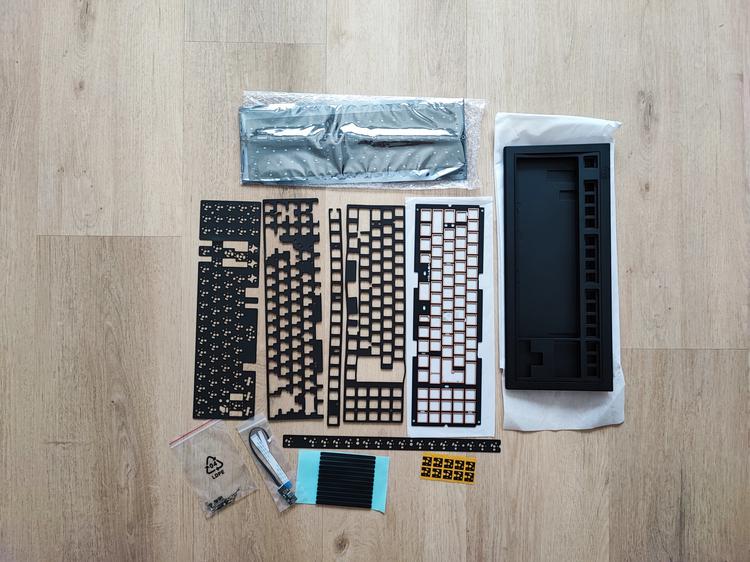
CNC case
I was slightly worried about the quality of the case after hearing about the production issues. Apparently, the case manufacturers had caused several defective products, and that’s one of the reasons this board has been delayed. Vortex even says on the sales page, “Slight scratches to a case or any components are acceptable to our quality standard,” but upon checking the case, I could not see any flaws. I may be lucky; the coating quality is okay and didn’t get damaged during assembly, and the case looks great. I think the coating could look better, but it seems to do the job well. I would have loved to get a non-coated board, but Vortex doesn’t offer that, sadly.
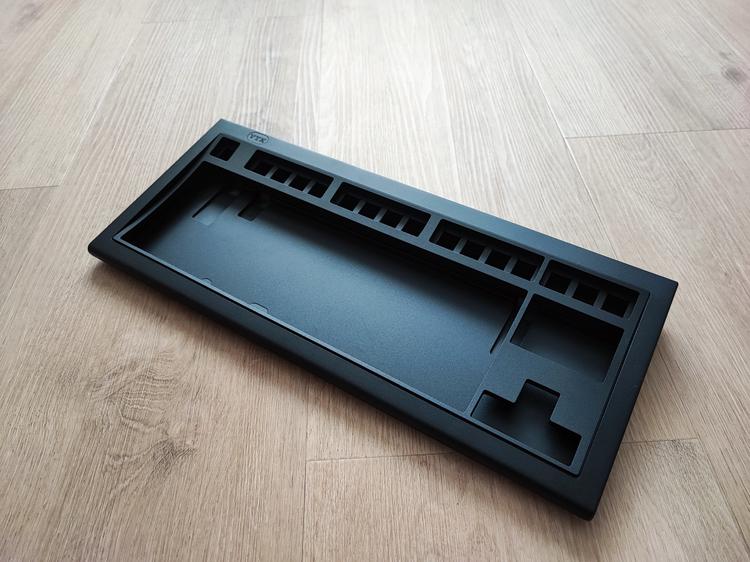
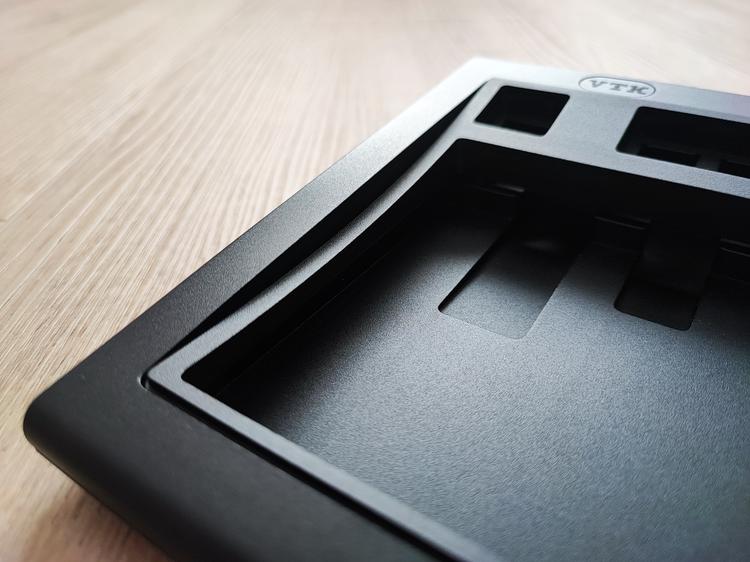
Cushions
I knew that the keyboard would come with foams to put everywhere, but I was surprised that this time Vortex did actually include some additional foam pieces to support non-ANSI layouts. With the earlier board, Hellcat, there were not enough (or nicely separated) foam mats to add under switches if you built it as ISO, but with the Model M SSK Kit, there is no question on which pieces to cut out or if there is enough! The kit comes with foam for both between the PCB and plate, under switches, as well as under the PCB. Gaskets for the gasket mount are also provided.
Note: The kit does not come with pieces for under the stabilizers, you need to source those elsewhere if you want them.

Foam mat hint
When assembling the board, I noticed that the foam mat did get misaligned pretty easily, but by easing the screws that keep the PCB and plate together, you can realign these easily with, for example, a small screwdriver.
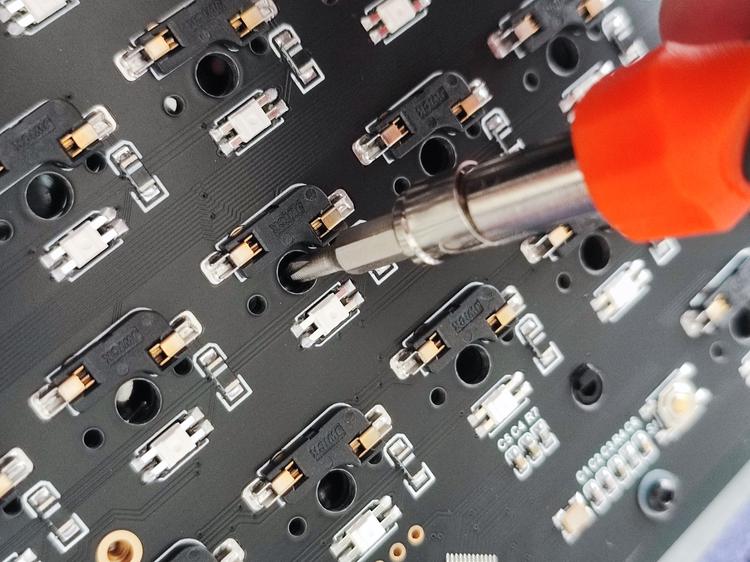
PCBs
The kit comes with 2 PCBs: one main one for the majority of the keys and one for the F-row. The main board is based on an STM32 chip and should be more than sufficient to handle QMK and all the macros that you want. It seems like depending on which configuration you get, you receive a different PCB, so make sure that you choose the right one the first time if you plan on ordering this kit.
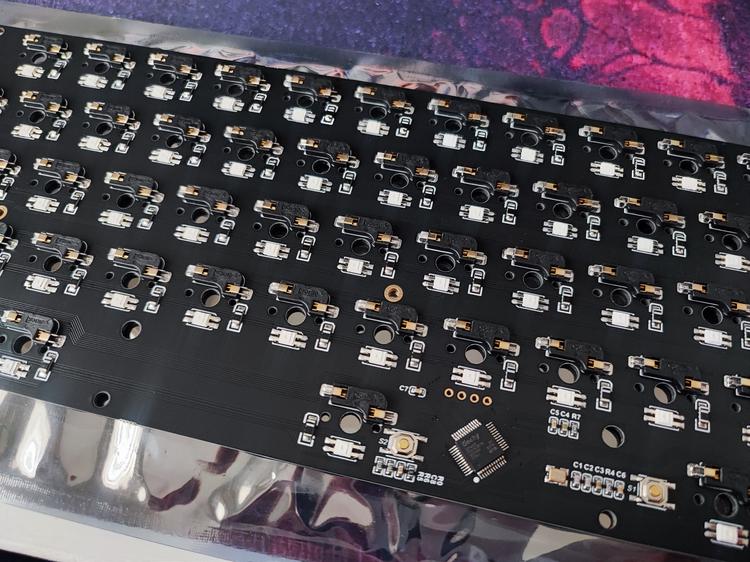
Assembly
The assembly of this kit is similar to following a Lego build guide, quite simple and straightforward. However, I did encounter one challenge with the assembly, and that was how to connect the two PCBs together when assembling the case. The connection was clear, a ribbon cable was provided for this, but due to the short length of the cable, it was very difficult to attach the cable between the PCBs and assemble the case. Vortex could have made this ribbon cable longer as there is space in the case to tuck away any additional cabling.
I also had to improvise a little bit by cutting one of the gasket mount foams a little bit to make it easier to install the ribbon cable.
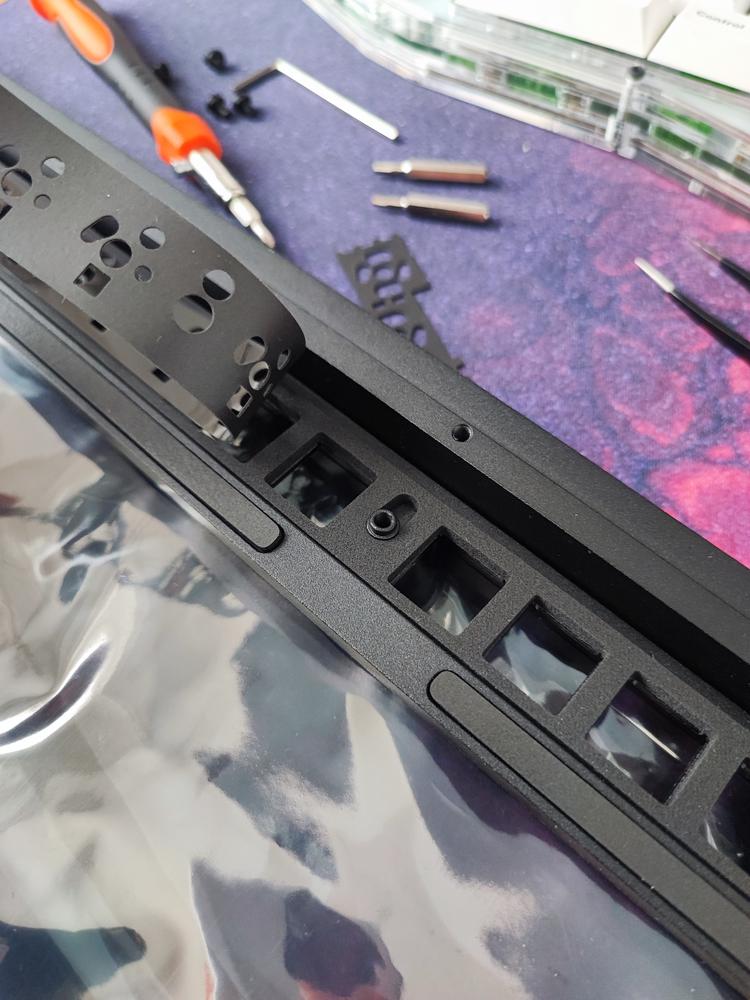
Switches
At first, when I knew that this build was coming up, I wanted to buy some exciting and/or odd switches which still had the chance of being endgame switches. Due to the long delay, there wasn’t really anything that special available at the time of the build, so I decided instead to focus on some quality stock factory-lubed linear switches. After some research, Gateron Smoothies looked really promising. Once I received the switches, I knew right away that I had made the right choice. These are really smooth, have little wobble, and still have a tiny bit of long-pole feel in them. I do prefer longer pole switches, but these are still darn good and to my liking, not to mention the cheap price!
Vortex boards have plates with 13.9mm holes, requiring you to use non-filmed switches. As the market has matured, I feel that nowadays you don’t necessarily need to lube or film switches as there are most likely in-stock options that fit your needs.

Stabilizers
I had ordered some Staebies V2.1 stabilizers for Neito Rev. 2, but since it’s been delayed for so long, I decided to use them on this build instead. I had heard that these stabilizers are really good, and after testing them in this build, I can also vouch for them. They are very smooth and have little to no wobble. I did add some lubricant to them as well as did the band-aid mod, as I always do.
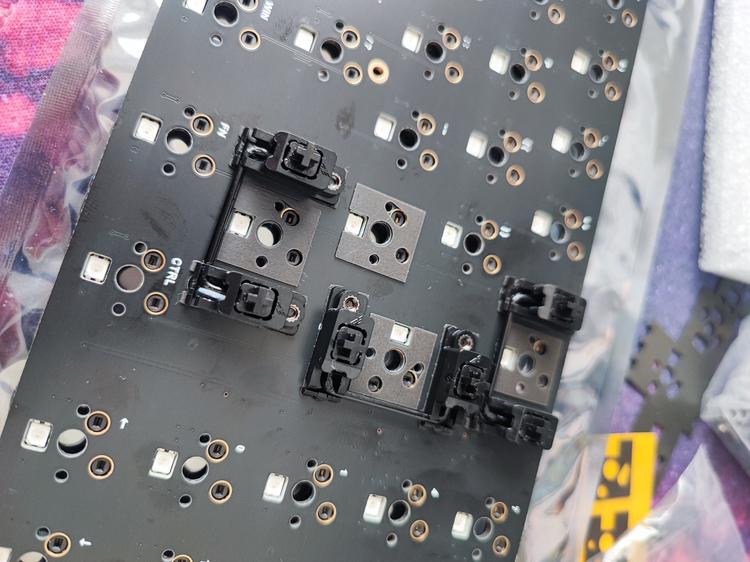
Keycaps
I also had sourced GMK keycaps for the Neito I thought I would have at this point, so I decided to give the GMK keycaps a run on this board instead. The keycap set is GMK Oblivion 3.1, and it does include NorDe keycaps. These are in my favorite profile, cherry profile, and are probably as premium as you can get.
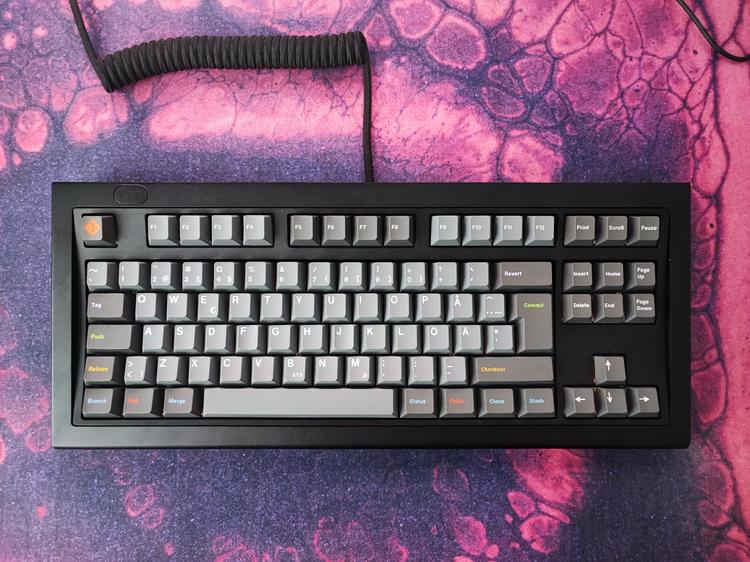
Finished product
After some hiccups, I did get the board assembled, and let me tell you, it is pretty great. I do get lightly annoyed by the pointy parts close to the front edge, but I think you won’t mind those after some time of use. The sound profile is very uniform on a row-basis, sounding great, and the F-row complements the main board with its own sound profile. While the main section sounds clean and uniform, the F-row has a more metallic clang to it, as the switches are directly mounted to the case.
The per-key RGB is vibrant, but in a retro board like this, it does look somewhat silly and out of place. I’m sure I’ll be running the board with them shut off.
There was, though, one thing missing from the kit that was promised to be included: another badge that could be changed on the case. I do think that this is a fault of Vortex QA, as the badge was not included in the package.
One thing that I’m having a hard time getting used to is the front edge of the board. I usually use a wrist rest, but with this board, I can’t use it as the front edge is too rounded. Using the board without a wrist rest is also possible, and I think my issue might just be down to not being used to it.
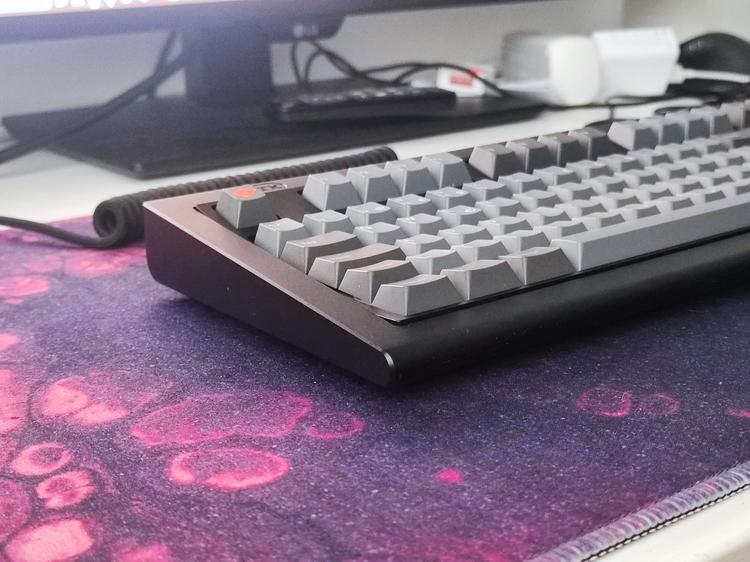
VIA issues
I feel that if you sell a keyboard and market it with VIA support, it should work plug n play with VIA. In this case those the situation is not that straight forward. To get VIA working with thi keyboard, you need to download the specific JSON for this board from the Vortex website, insert that to VIA, and then it should work. That is jut unnecessary hassle that could be resolved my the manufacturer with a PR into the VIA project.
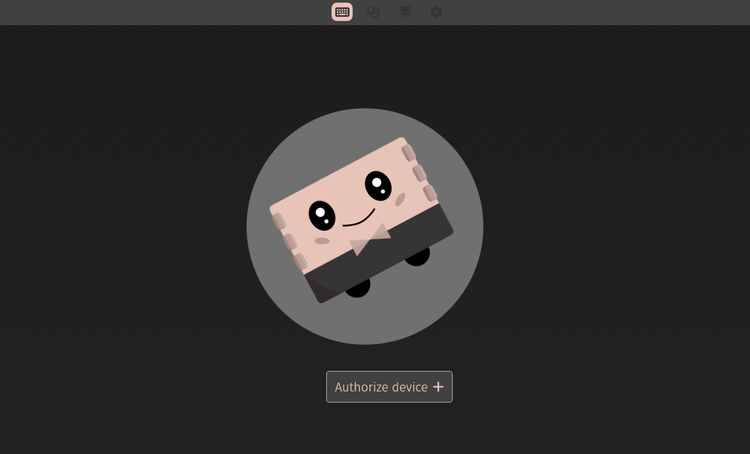
Vortex shenanigans
I wish I could only say positive things about Vortex as a company, but there has been quite a bit of stir in the mechanical keyboard community about whether one should support Vortex or not. The Model M SSK kit delays have been very poorly handled with lackluster communication and false promises, and some have even faced quality concerns like missing drilled Type-C ports. It seems like Vortex support has also been lacking and not fair for the consumers.
It’s a big pity that there are these issues, but one can circumvent most of them by using some other vendor instead. If you live in the EU, I would suggest buying any Vortex product from a European vendor instead of Vortex directly, as you will get better support and have better consumer rights.
If Vortex were to be more open about issues and challenges and be more proactive with communication, lots of these negative opinions would have been avoided.
The verdict
TL;DR An endgame retro-themed keyboard that might or might not work for you.
I really like this board, and if you are a sucker for the Model M style, this board is definitely a modern take on the classic keyboard. This is a high-quality board, but you should be aware of the potential issues that might arise.
Note, affiliate links that provide me with a small kickback from purchases
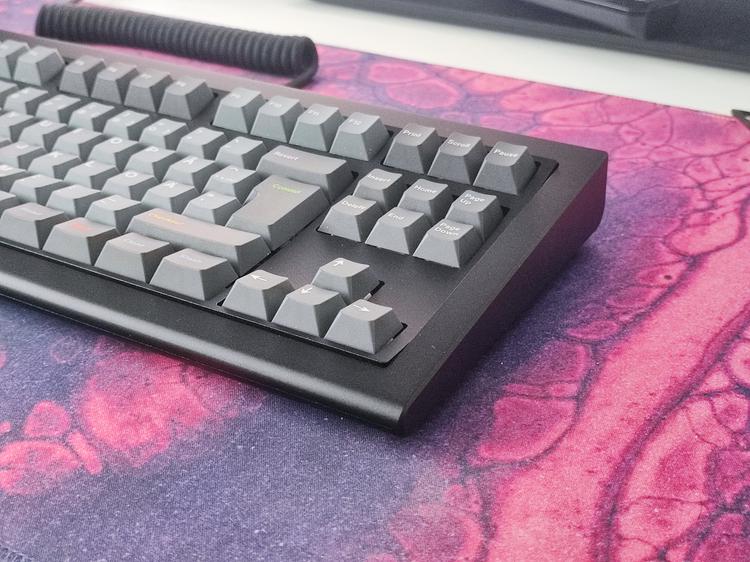
See my other keyboard-related posts
Neito Rev. 2 Collaboration Opportunity
I'ts been too long since Rev. 1, but sometimes life happens and things take longer than anticipated. Now, however, progression has happened!
Vortex x MiTo Hellcat keyboard kit review (Sponsored)
Review of the new Vortex & MiTo Hellcat keyboard kit. Despite this being a sponsored review I'm allowed to give my honest opinion on the keyboard.